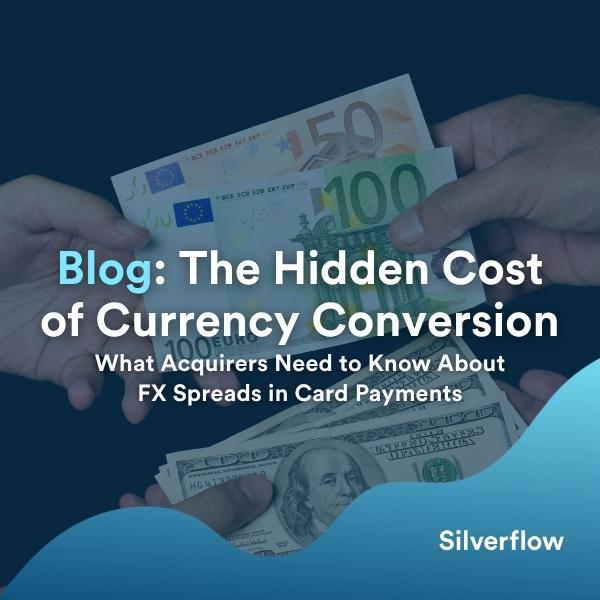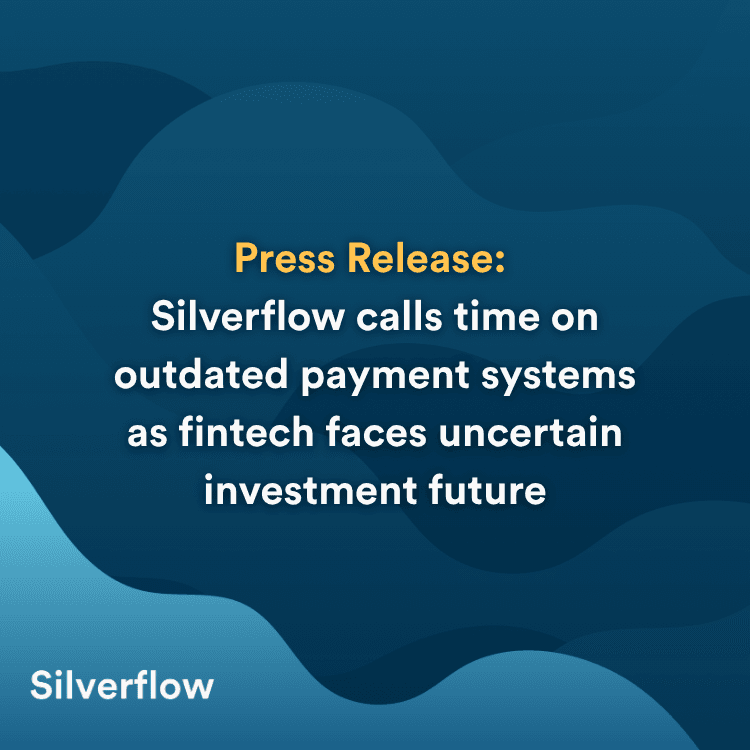The Hidden Cost of Currency Conversion: What Acquirers Need to Know About FX Spreads in Card Payments
Ever wondered how card networks like Visa make billions from international transactions? Part of the answer lies in the seemingly simple process of currency conversion, and it's costing businesses more than they might realize.

Ever wondered how card networks like Visa make billions from international transactions? Part of the answer lies in the seemingly simple process of currency conversion, and it's costing businesses more than they might realize. Visa generated $12.7 billion1 from cross-border transactions in 2024, with currency conversion being one of the major components.
What Currency Conversion Means in Card Settlement
Imagine a USD-billed cardholder from the United States, swiping his card at a Swiss cafeteria using Swiss Franc as the currency. The cafeteria’s Acquirer is based in Amsterdam and gets settled in EUR. The transaction may need to travel through multiple currency conversions before it's complete.
This isn't just a technical detail; it's a significant revenue stream for card networks. Currency conversion in card payments occurs mainly at two points. Using the example above:
On the issuer side: Converting the CHF transaction currency to match the cardholder' USD billing currency
On the acquirer side: Converting the CHF transaction currency to the acquirer’s EUR settlement currency
Each conversion represents an opportunity for card networks to apply their exchange rates and a markup. This markup is reflected in the buy and sell rate of a currency pair.
How FX Spreads Work for Acquirers
Every currency pair has three rates:
Mid rate: The "true" market exchange rate
Buy rate: The rate at which the card network is willing to buy a currency from an acquirer
Sell rate: The rate at which the card network is willing to sell a currency to an acquirer
The difference between buy and sell rates is called the "spread". One way to measure the impact of costs is to look at the percentage between the spread and the sell rate (see here). For example, if USD/EUR has a sell rate of 1.050 and buy rate of 1.045, the spread measured in percentage equals 0.48 percent, or 48 basis points (0.005/1.050). The actual cost of currency conversion for acquirers is typically calculated as half the spread, since conversion only happens in one direction (e.g. going from transaction currency to acquirer settlement currency). Thus, in this example, the cost of currency conversion can be defined as 24 basis points.
24 basis points may not seem large, but it can become a significant cost driver on the already tight margins in payment processing.
What Drives These Spreads?
Several factors influence how wide or narrow these spreads become. Some important ones are:
Market volatility: Uncertain times mean wider spreads as networks protect against risk
Liquidity: Popular currency pairs (like USD/EUR) typically have tighter spreads than exotic pairs
Strategic Considerations for Settlement Services and FX Cost Optimization
For businesses processing significant international volume, these FX costs can add up quickly. Consider an acquirer processing 50 million in Swiss Franc transactions annually, which are now being settled in EUR, since that is the only settlement currency set up. They could be paying 125 thousand euros in currency conversion costs if their cost of currency conversion is 25 basis points. Note that this number does not take into account that the merchants transacting Swiss Franc may opt to be paid out in that same currency as well, leading to another currency conversion event.
To tackle this problem, acquirers are increasingly setting up "like-for-like" (L4L) settlement arrangements with card networks. This means if a transaction happens in Swiss Franc, it settles in Swiss Franc, eliminating the need for currency conversion, at least on the acquirer settlement side.
However, this optimization strategy also comes with some considerations. Setting up new currencies has a cost with the card networks, it potentially requires opening a new bank account, and it may increase operational overhead in terms of reconciliation.
The Strategic Takeaway
Currency conversion in card payments represents a massive, often overlooked cost center for international businesses. While card networks have built sophisticated revenue streams around FX spreads, savvy merchants and acquirers are finding ways to optimize these cost centers.
The key is understanding when the business case makes sense. Processing high volumes of specific currencies can justify the upfront costs of setting up like-for-like settlement, as well as managing the additional operational overhead.
As international commerce continues to grow, businesses that understand and optimize their currency conversion costs will have a significant competitive advantage. The question isn't whether you're paying these costs, you almost certainly are. The question is whether you're paying attention to them. Are you?
By Erwin Saasen, Product Manager at Silverflow
Read also

Your ledger: The (financial) core of the business
For fintechs and payment providers, the ledger is far more than a backend system. It’s the foundation of every transaction,...

The Card ecosystem was built for Humans - not for Agents
The card system was designed for humans, not autonomous agents. As agentic commerce grows, legacy payment infrastructure faces new challenges:...

Silverflow calls time on outdated payment systems as fintech faces uncertain investment future
Silverflow, the new standard in payment processing, is spotlighting two of the biggest conversations in payments right now: the dead...